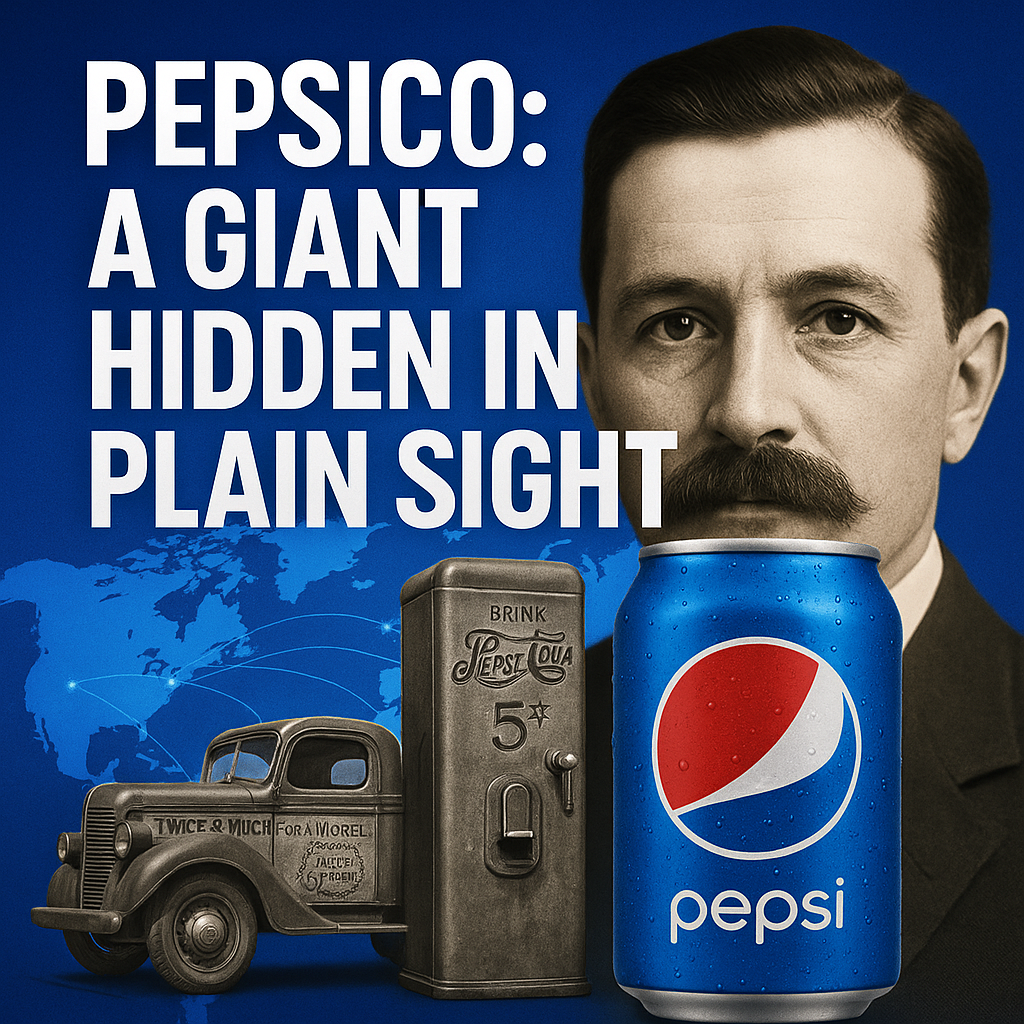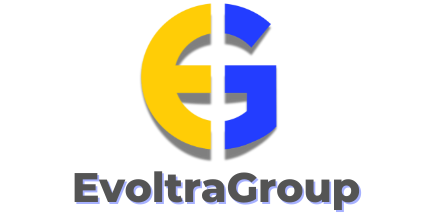
PepsiCo: A Giant Hidden in Plain Sight
Think you know Pepsi? Think again. Beyond the familiar fizz, beyond the vibrant blue cans, PepsiCo isn’t just another soda company—it’s a global titan disguised as everyday brands.
More than a Soda: A Billion-Dollar Brand Empire
Picture this: you’re strolling through a supermarket. Soda aisle? Pepsi’s there. Snack section? Pepsi again. Breakfast cereals? Yes, Pepsi. The invisible threads of PepsiCo weave through more aisles than you probably realize.
Humble Origins, Epic Failures
It all began in the late 1800s with a pharmacist named Caleb Bradham, mixing syrups behind his counter in North Carolina. Initially dubbed «Brad’s Drink,» this concoction would become Pepsi-Cola—a response to Coca-Cola’s growing popularity. Success was fleeting, however. Sugar price spikes during World War I sent Bradham spiraling into bankruptcy. Not once, but twice Pepsi danced on the brink of oblivion before finally thriving under Charles Guth, who brilliantly pivoted with bigger bottles at Depression-friendly prices.
«Twice as much for a nickel,» became more than a slogan; it was a lifeline.
Beyond Cola: The Pepsi Galaxy
Fast forward to today: PepsiCo’s beverage roster goes beyond Pepsi, Diet Pepsi, and Mountain Dew. It includes brands like Mug Root Beer, Aquafina, Sierra Mist, and powerhouse acquisitions like Tropicana and Rockstar Energy. Strategic alliances? Starbucks bottled drinks, Ocean Spray, and Lipton Teas. Drinks alone account for over $30 billion in annual revenue.
Salty Snacks, Sweeter Profits
Yet, astonishingly, beverages make up less than half of PepsiCo’s revenue. Snacks rule supreme, thanks to Frito-Lay. Doritos, Cheetos, Ruffles—each crunchy bite funnels cash faster than soda bubbles pop. Frito-Lay chips alone account for a staggering 46% of PepsiCo’s operating profits. Snack dominance is not just strategic, it’s lucrative.
Breakfast and Beyond: Surprising Grocery Staples
Did you know Pepsi is behind your breakfast? With the $14 billion acquisition of Quaker Oats in 2001, PepsiCo dove deep into your morning routine. Oatmeal, Life cereal, Cap’n Crunch, and even Aunt Jemima (now rebranded), plus the game-changing sports drink Gatorade—suddenly PepsiCo wasn’t just soda; it was everywhere.
The Fast-Food Experiment
For a time, PepsiCo boldly ventured into fast food, buying Pizza Hut, Taco Bell, and KFC. Their logic? Sell more Pepsi. But owning restaurants proved counterproductive: competitors like Popeyes hesitated to stock Pepsi, wary of indirectly benefiting rival KFC. So Pepsi retreated, spinning off these restaurants into their own entity in 1997.
Unexpected Ventures & Bigger Than You Ever Imagined
In a peculiar twist, Pepsi briefly diversified into non-food businesses like Wilson Sporting Goods—officially supplying NBA and NFL balls—and even owned North American Van Lines. A strange chapter, quickly closed, but proof of Pepsi’s once-boundless ambition.
PepsiCo is more than a beverage giant—it’s an empire subtly controlling the snack and grocery aisles worldwide. Next time you’re shopping, pause to notice how PepsiCo quietly surrounds you. It’s not just a brand; it’s an invisible giant, silently shaping our everyday choices.
So, is Pepsi bigger than you knew? Undeniably.
